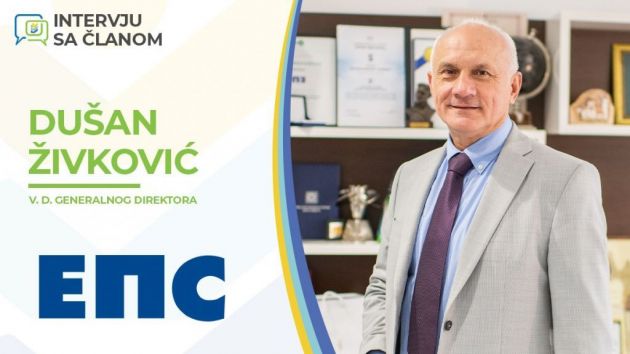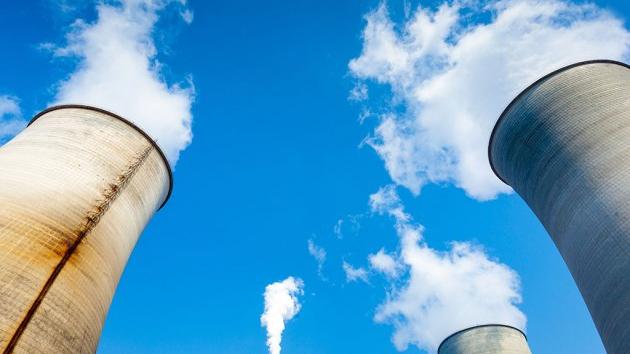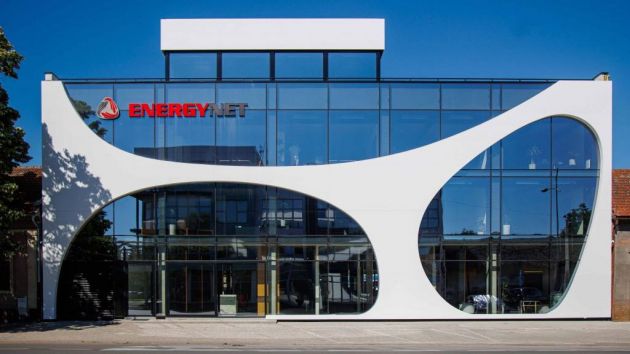Dubravka Đedović Handanović, Minister of Mining and Energy - Serbia has treasures, but the economy must not come before people's health
 Sunday, 14.04.2024.
Sunday, 14.04.2024.
 13:28
13:28

Is Rio Tinto coming back to Serbia? Is our country capable of developing nuclear energy? When will the coal-fired thermal power plants be finally closed? These are just some of the current issues that are in the focus of the environmental, economic, and general public.
In search of answers, we spoke with the Minister of Mining and Energy, Dubravka Đedović Handanović.
- We really have treasures, but the economy is not and must not come before people`s health - the minister said for the portal eKapija, answering a question about the Jadar project.
She adds, nevertheless, that lithium is one of the key critical raw materials of the 21st century and a crucial raw material for the realization of the green transition.
The minister revealed that Serbia currently has neither regulations nor sufficient personnel for the introduction of nuclear energy, but that it is carefully monitoring the development of technologies related to nuclear energy.
But there is no need to worry about wind farms and solar energy - by 2030, around 2,000 new green megawatts are planned for the grid from public investments. EUR 500 million has been allocated to strengthen and modernize the transmission system, which can currently balance 5,800 MW of variable sources of electricity.
We also learned that Serbia currently has no plans for subsidies for electricity storage, as well as that the long-awaited Integrated National Energy and Climate Plan has been prepared for adoption, and that the drafting of the Strategy for the Management of Mineral and Other Geological Resources has begun.
You announced that Serbia will get 45% of its electricity from RES by 2030, which is significantly more ambitious than the originally set goal of having 40% of green energy by 2040. What gives you reason for optimism, and what are the most serious obstacles you see in achieving that goal?
- The result of last year`s auctions for the allocation of market premiums for renewable energy sources - nine new green power plants, the price of electricity reached twice as low as the market price at that time, 715 new megawatts (of which 425 are in the incentive system) and more than one billion euros of private investments in the development of these wind farms and solar power plants is a clear indication that Serbia has created an excellent environment and regulatory framework for the development of renewable energy sources. We expect around 90 megawatts from the auctions already at the end of this year on the grid.
At the same time, citizens are increasingly participating in the green energy transition, and in a year and a half, the number of prosumers, citizens who produce part of their own electricity needs, has increased sevenfold.
We will not reach the decarbonization goals we have set through strategic documents without public investment, therefore we have launched a major investment cycle and expect to have around 2,000 new green megawatts online from public investment by 2030. Of course, if our finances can handle it.
In the coming weeks, we expect the end of negotiations on commercial conditions with a strategic partner, a consortium led by Hyundai Engineering for the construction of 1GW solar power plants with battery storage, which should be completed by 2028 and then handed over to the Electric Power Company of Serbia. The initial basis for the development of energy infrastructure and energy efficiency measures until 2028, with projections until 2030, includes the construction of a 1GW wind park. At the beginning of next year, the first RES capacity owned by EPS, the 66 MW Kostolac wind farm, will be on the grid.
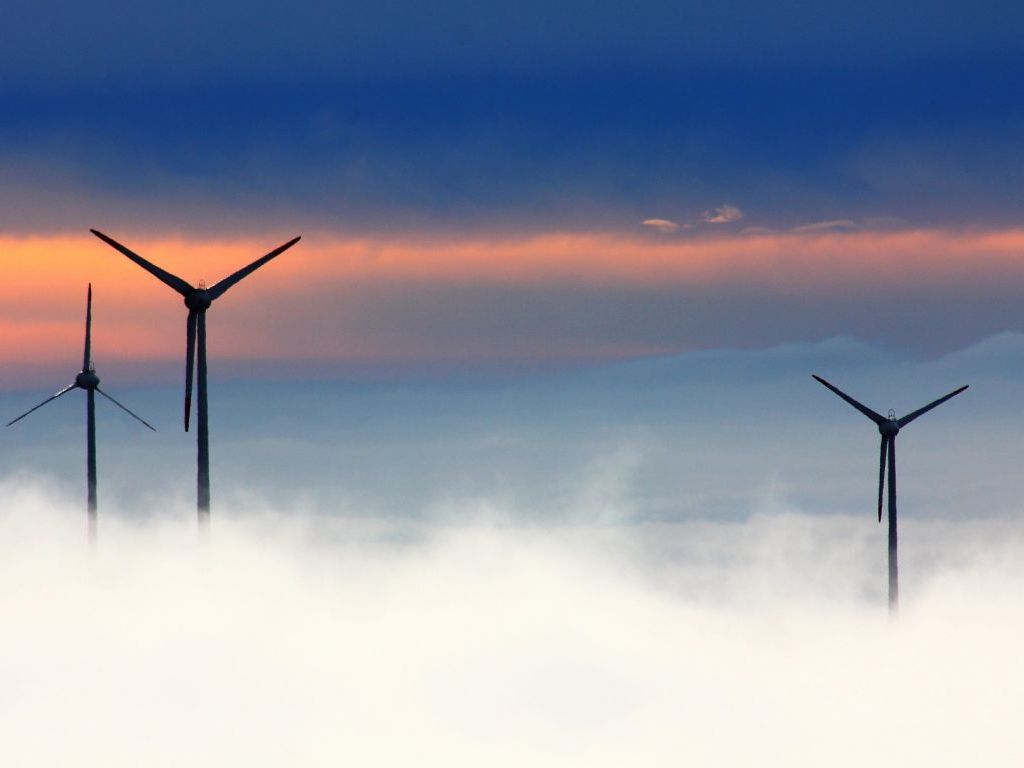
One of the obstacles is definitely the transmission system which, according to the EMS plan, can currently balance 5,800 MW of variable sources of electricity. How will that problem be solved, given that the connection of a new 11 GW to the transmission grid is currently under consideration?
- The Serbian transmission system has the capacity to balance 5,800 MW of variable electricity sources. 500 million euros have been earmarked for investments in the strengthening and modernization of the transmission system through projects that are now in different stages of implementation. By completing the construction of the Trans-Balkan, Central Balkan and Pannonian Corridors, we will connect with neighboring countries and increase the capacity for electricity transmission, and with the construction of Belgrade, we will strengthen the transmission capacities in the vicinity of Belgrade and Vojvodina, where most of the wind farms will be built due to geographical and natural preconditions.
Amendments to the Law on RES provide for the balancing responsibility of the electricity producer, i.e. the investor is obliged to provide additional balancing capacity. With this change, we protect the stability of our power system. The main question here and in the world is how to ensure the safe operation of the system when there is no sun or wind to power the power plants, that is why more and more attention is being directed to the balance reserve, electricity storage and the activation of flexible services on the consumption side that need to be adapted to new electricity production patterns.
We see part of the solution in the construction of reversible hydroelectric power plants, above all RHE Bistrica is important for energy stability, balancing energy produced from renewable sources and development of the electricity market. By building the RHE Bistrica, Serbia would multiply its capacity for energy storage from water potential. We are also considering the construction of RHE Đerdap, which, in relation to the power we decide on, could position us as a regional leader in sustainability, because the project has the potential for seasonal storage of electricity.
When it comes to 11GW, the power of power plants that are in the process of being connected, it is the total number of projects that include both mature projects and those in the early phase for which investment decisions have not yet been made. The true cross-section of the situation will be known when the system operator formally completes the connection studies and submits it to potential investors, who will have the obligation to submit bank guarantees as well. So at this moment it is early to compare the number of projects that are interested in connecting with the system`s capacity to integrate RES.
In which quarter will the second market premium auctions for solar and wind farms be announced? Are there any changes in the plan in comparison to last year`s auctions? Do you expect greater interest from investors, especially for solar energy, and lower prices offered by producers?
- The second round of auctions will be announced during this year, as soon as we assess that the market is ready and that there are mature projects that can competitively compete for incentives. We also plan to encourage investors through auctions to ensure that the produced green energy remains in Serbia, for our citizens and the economy. We will pay special attention to encouraging the construction of solar power plants and work to achieve the best price possible, and we will achieve this first through good competition.
Electric energy storage is becoming increasingly important in terms of safe integration of RES. Are there any subsidies planned for the introduction of electricity storage, such as the incentives that have been announced for the use of renewable hydrogen?
- Serbia currently has no plans for subsidies for electricity storage, but our regulatory framework recognizes electricity storage and storage operators as market participants, which enables the commercial use of storage on the electricity market. If it is estimated that there is a need for subsidies for this type of facilities, the Ministry and the Government will consider that option as well.
While some countries, such as Spain, are shutting down nuclear power plants, others, such as Great Britain, are planning to quadruple their nuclear capacity, to 24 GW by 2050. What are Serbia`s plans regarding nuclear energy?
- Ensuring sufficient basic energy is inevitable and we must discuss all alternatives, including nuclear energy as one of the options.
Serbia has had a moratorium on nuclear energy since the last century, the most important consequence of which was the cessation of the intensive development and education of personnel who would deal with nuclear energy. This is why our country is primarily in an ungrateful position when it comes to the introduction of nuclear energy - we have neither regulations nor enough personnel. It is estimated that it would take us about a decade to train personnel who could safely prepare the entry of nuclear energy into our energy system, which is also a deadline for the construction of the plant.
The EU taxonomy included nuclear energy in "transitional energy sources" because it emits incomparably less carbon dioxide than fossil fuels, provides basic energy and is included in the list of so-called strategic technologies such as wind, solar or electrolyzers in the proposal of the Law on Net Zero Industry. This means that nuclear energy in Europe and beyond is increasingly being seen as a vital component of countries` strategies to achieve zero carbon emissions.
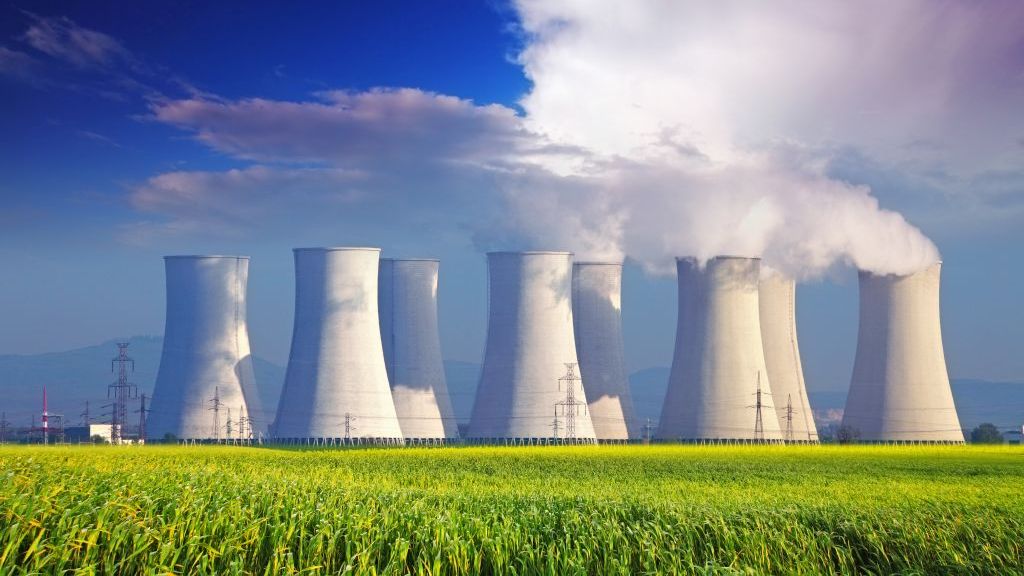
The integrated national energy and climate plan, as a key planning document of our country, which has been prepared for adoption, and which defines goals and reforms in the energy sector for 2030, with projections up to 2050, considers in one of the scenarios the introduction of nuclear power plants in the power sector. system of Serbia before 2040. It could contribute to decarbonization by 2050 and the development of energy without carbon emissions in the second half of the century.
The inevitability of the energy transition requires us to discuss all the technological solutions that can help us respond to the double challenge facing our generations: to work on the decarbonization of our energy systems and to strive for climate neutrality, and that those energy systems continue, as in previous decades, to fulfill, on a sustainable basis, the main task of ensuring security of supply and to be a sure pillar of economic and social development.
Are small (modular) nuclear technologies a sufficiently mature and proven technology, and has the Ministry discussed this with any manufacturer?
- The European Commission has launched the formation of the Industrial Alliance for Small Modular Nuclear Reactors. In the world, there are a large number of projects under development with different nuclear technologies, a significant number of companies in several countries developing them, we believe that in the next decade, the most successful, safest, most competitive and overall most promising solutions will be singled out, which, under favorable conditions, could also be available to those of us who do not have nuclear technologies at our disposal. The Ministry of Mining and Energy closely monitors the development of nuclear energy technologies.
Serbia still gets most of its energy from coal-fired thermal power plants. When will the Kolubara TPP be closed, which according to the EU Directive on large combustion plants should have been shut down by the end of 2023, as well as the Morava TPPbecause of which the Secretariat of the Energy Community initiated proceedings against Serbia last year for violating the aforementioned directive?
- The global energy crisis, caused by the conflict in Ukraine, has forced many countries and their energy systems to change the plans and strategic frameworks adopted before the crisis in order to adapt to the existing changed conditions. Security of supply to citizens and businesses has become the most important priority in such circumstances. Precisely because of this, some European Union member states were forced to reactivate their coal production capacities.
In order to ensure the energy security of the supply of citizens and the economy, it was necessary for our coal capacities to be engaged more than originally planned, for citizens to have electricity and for their homes to be warm and for the economy to have enough electricity for its needs.
Since the same problem concerning the engagement of production units after the expiry of the "opt-out" regime has been observed in several signatories of the Energy Community, it is necessary to consider the modality of changing the use of the flexible "opt-out" mechanism. Talks between regional power companies have been initiated in order to jointly submit a regional initiative to the Energy Community to modify the opt-out mechanism. The energy crisis has shown us that this is necessary.
You have repeatedly spoken about the need for sustainable mining. And yet, is there such a thing?
- Energy and mining inevitably have an impact on the environment, the question is what measures are being taken to minimize that impact. Sustainable mining is the one that minimizes the impact of mining to the greatest extent by using the most modern technologies of exploitation and ore processing and environmental protection measures and mechanisms based on comprehensive analyzes and preliminary work that precedes the beginning of exploitation. I visited the green mines of the Ziđin Meinig Group in China, and in Serbia we also signed a Memorandum of Understanding with the Shanghai Fengling companies, which will develop projects of renewable energy sources with a capacity of 2 GW, as well as green hydrogen that will be used for the needs of the copper mine and smelter in Bor. This is an example of how green energy can be used in mines and how greater sustainability can be achieved.
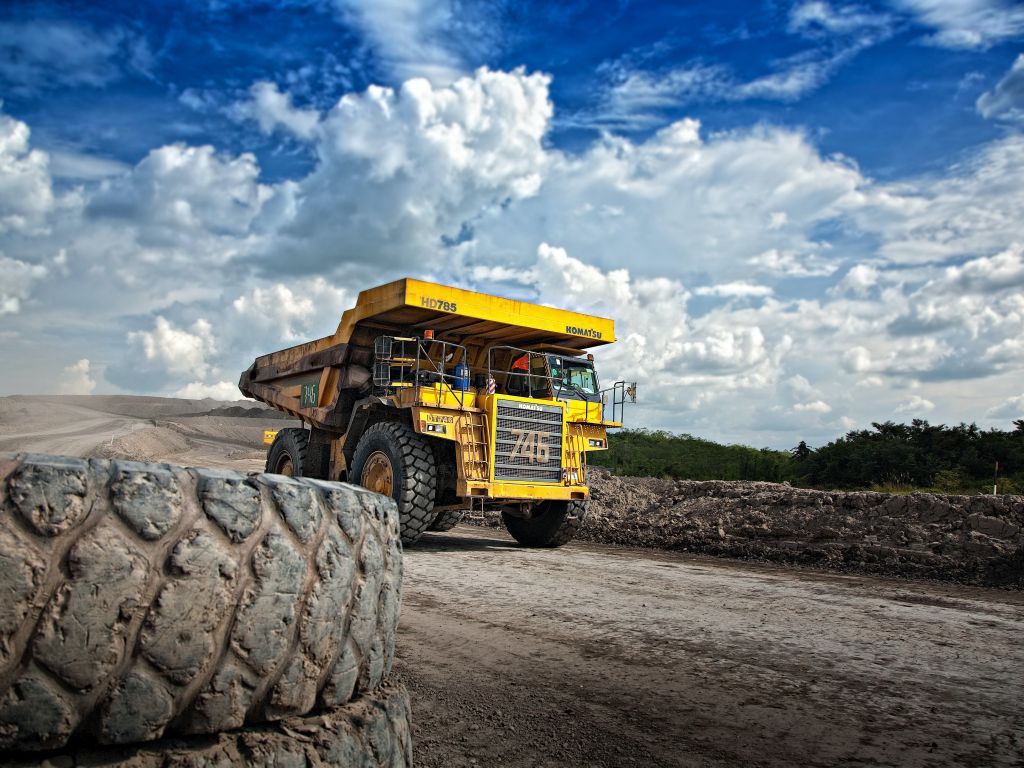
You have announced the adoption of the Strategy for the Development of Mineral Resources for this year. Which raw materials is Serbia the richest in and whether there is an economic, as well as an ecological, valorization of their exploitation?
The drafting of the Strategy of Management of Mineral and other geological resources of the Republic of Serbia has begun, and more than 50 professors and associates of the Faculty of Mining and Geology will be engaged in its drafting. The mining sector is experiencing growth in its share of GDP, but there i no valid strategy. The strategy will give us answers to the questions raised, because it will comprehensively analyze the state of all mineral resources at our disposal and how to manage them so that we get the most benefits for our economic growth, with the least harmful impact on the environment.
We expect the draft to be completed in the next few months and ready for adoption by the relevant state authorities, before the end of the year. A special part of the strategy will be devoted to issues related to environmental protection, which will also be elaborated through the Report on the strategic assessment of the Strategy`s impact on the environment.
We have proven reserves of gold, copper, boron and lithium, antimony and zinc, molybdenum, calcite... and nickel and cobalt in geological potential. It is expected that the need and demand for critical mineral raw materials will triple by 2050, as well as that the price of copper will increase in the years ahead, due to the energy transition and electrification of traffic, and Serbia has huge copper reserves. In addition, we have a complete value chain in Bor - from the exploitation of ore to the final product, which is cathode copper, and this shows the economic and economic potential that we can achieve if we manage the mining sector efficiently and sustainably..
Two years after the government suspended the "Jadar" project of the Rio Tinto company, there is growing talk about its continuation. Is the state planning a serious study on the advantages and disadvantages of the "Jadar" project and its economic and environmental cost?
- We really have a treasure, but what is important to explain to citizens - the economy is not and must not come before people`s health and that goes without saying. So, first of all, studies on protection and impact on the environment will be carried out, using the most modern technologies used in the most developed countries. Then we will talk further.
Lithium is one of the key critical raw materials of the 21st century and a crucial raw material for the implementation of the green transition. Therefore, it is not surprising that in the USA and in more than 15 EU countries, such as Germany, France, Austria, Finland, various lithium research and exploitation projects are underway. In the EU, they expect the use of lithium to grow incredibly in the coming years, according to some estimates, from 2020 to 2030, the need for lithium is expected to increase twenty-fold. Should Serbia finally be among the most successful and developed? I have worked in those markets, and I think the answer is clear. And then it will bring benefits above all to our people, more opportunities for employment, higher salaries and pensions, better living standards.
M. Dedić

Click here to see the entire Special Edition Newsletter
"Green (r)evolution - The future has begun"
 Ministarstvo rudarstva i energetike Republike Srbije
Ministarstvo rudarstva i energetike Republike Srbije
 Akcionarsko društvo Elektroprivreda Srbije Beograd
Akcionarsko društvo Elektroprivreda Srbije Beograd
 Elektromreža Srbije a.d. EMS Beograd
Elektromreža Srbije a.d. EMS Beograd
 Rio Sava Exploration d.o.o. Beograd
Rio Sava Exploration d.o.o. Beograd
Naš izbor
Most Important News
06.04.2024. | Agriculture
Preconditions for Placement of Fresh Blueberries and Dried Plums in Chinese Market Secured

16.04.2024. | News
Jovan Ciric, Leasing Director Retail MPC Properties – MPC Echo symbolizes our desire for good ideas and innovative endeavors to spread freely and bring about positive changes

16.04.2024. | News
10.04.2024. | Finance, IT, Telecommunications, Tourism, Sports, Culture
Creative Industry – What This Serbian Economy Sector Worth EUR 2 Billion Encompasses

10.04.2024. | Finance, IT, Telecommunications, Tourism, Sports, Culture
30.04.2024. | Industry, Transport
Chinese train “Soko” arrives to Serbia – To go from Novi Sad to Subotica
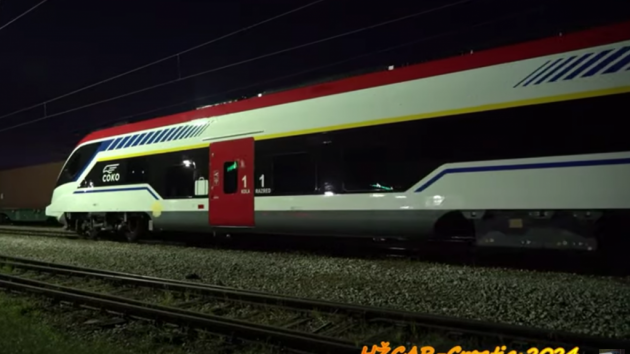
30.04.2024. | Industry, Transport
16.04.2024. | News
Economy Fair in Mostar opens – 26 companies from Serbia exhibiting

16.04.2024. | News
30.04.2024. | Construction, Tourism, Sports, Culture
Opening of three superior hotels expected in Belgrade by 2027
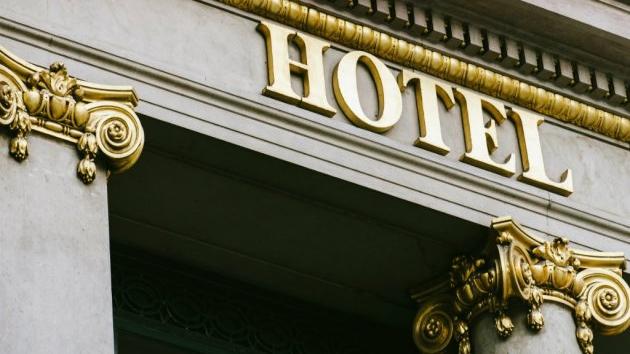
30.04.2024. | Construction, Tourism, Sports, Culture


 Izdanje Srbija
Izdanje Srbija Serbische Ausgabe
Serbische Ausgabe Izdanje BiH
Izdanje BiH Izdanje Crna Gora
Izdanje Crna Gora


 News
News









